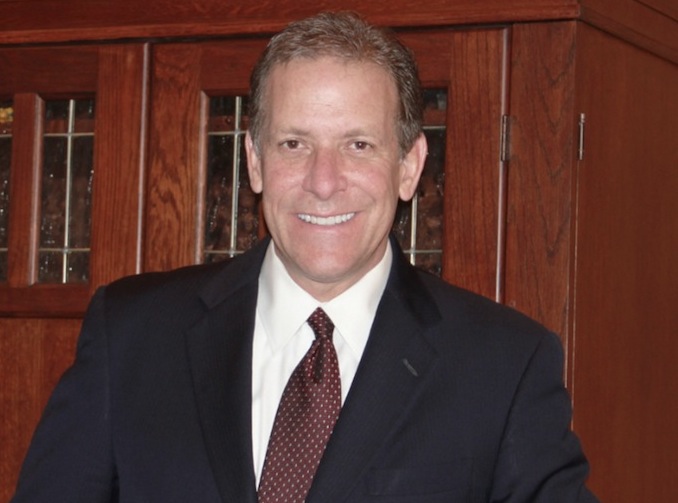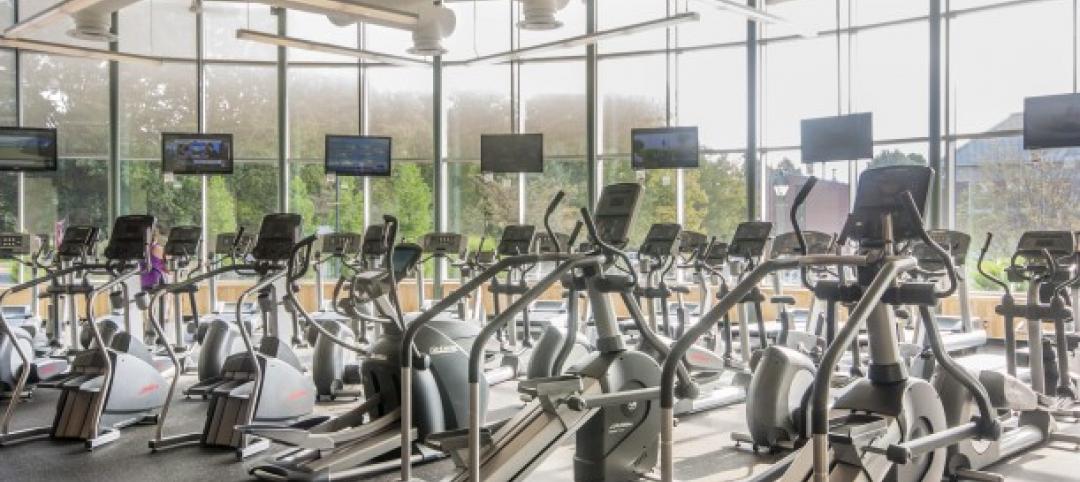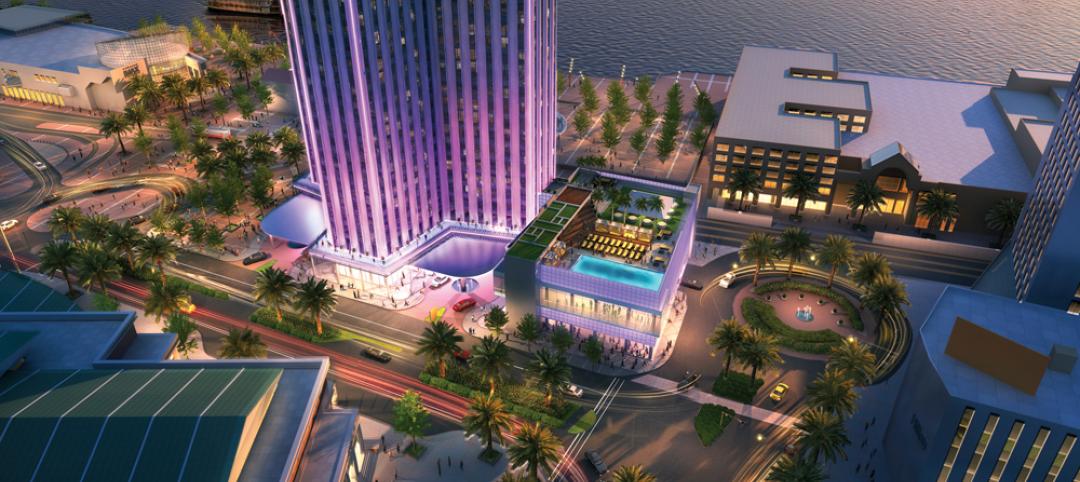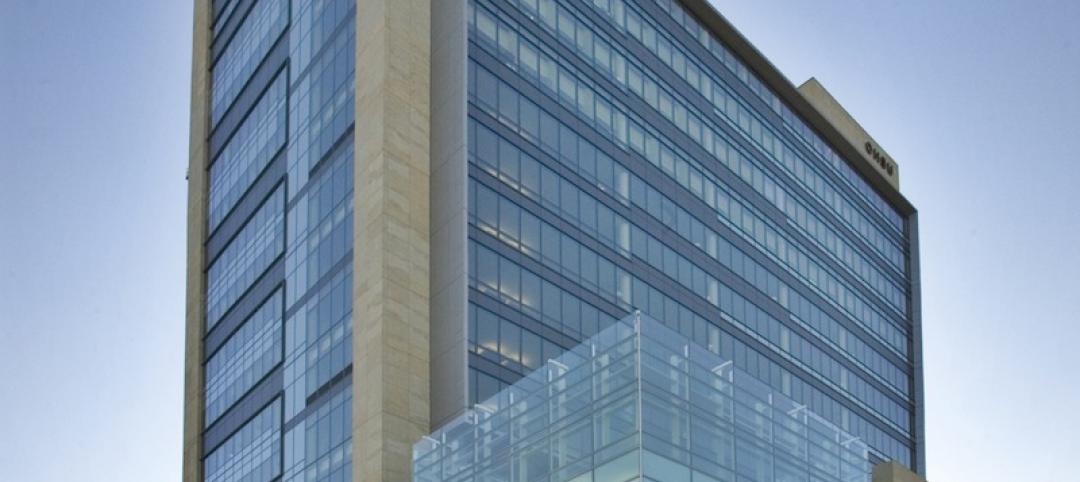Atkins announces that Joe Boyer will join the company as CEO of its North American region on March 18, 2013.
Boyer will join Atkins from Shaw Environmental & Infrastructure, Inc. in Austin, Texas, where he has held the position of president of its Federal division. He has managed multiple business lines since 2003, leading some of the United States’ largest and most important environmental and infrastructure projects.
Prof. Dr. Uwe Krueger, Atkins’ CEO, commented, “Mr. Boyer is a civil engineer by profession who has worked on some of the United States’ largest and most important infrastructure projects. He has a proven track record of leading organizations to growth and delivering high performance, which is why we have invited him to lead our North American region.”
Boyer studied civil engineering at the University of Texas and holds an MBA from Pepperdine University. Prior to his service at Shaw, he was chief operating officer of Asset Group, Inc. and vice president of Project Resources, Inc., both in San Diego, California.
He is married to wife Heather, and has two children, Kyle (12) and Jamison (10). They have enjoyed living in many states in U.S., with previous assignments in California, Connecticut, Massachusetts, Alabama, Mississippi, Louisiana, and Texas.
Atkins thanks Major General L. Dean Fox, USAF (Ret.), retiring North American CEO, for his dedication and service to the company over the past few years and wishes him happiness and success in the future.
Related Stories
| Nov 8, 2013
Net-zero bellwether demonstrates extreme green, multifamily style
The 10-unit zHome in Issaquah Highlands, Wash., is the nation’s first net-zero multifamily project, as certified this year by the International Living Future Institute.
| Nov 8, 2013
Walkable solar pavement debuts at George Washington University
George Washington University worked with supplier Onyx Solar to design and install 100 sf of walkable solar pavement at its Virginia Science and Technology Campus in Ashburn, Va.
| Nov 7, 2013
Fitness center design: What do higher-ed students want?
Campus fitness centers are taking their place alongside student centers, science centers, and libraries as hallmark components of a student-life experience. Here are some tips for identifying the ideal design features for your next higher-ed fitness center project.
| Nov 6, 2013
Green hotel trends: Industry expands its sustainability focus beyond laundry
There’s more to creating a sustainable hotel than saving water and power by asking guests to reuse their towels.
| Nov 6, 2013
Energy-efficiency measures paying off for commercial building owners, says BOMA study
The commercial real estate industry’s ongoing focus on energy efficiency has resulted in a downward trend in total operating expenses (3.9 percent drop, on average), according to BOMA's Experience Exchange Report.
| Nov 6, 2013
PECI tests New Buildings Institute’s plug load energy use metrics at HQ
Earlier this year, PECI used the NBI metrics to assess plug load energy use at PECI headquarters in downtown Portland, Ore. The study, which informed an energy-saving campaign, resulted in an 18 percent kWh reduction of PECI’s plug load.
| Nov 5, 2013
Net-zero movement gaining traction in U.S. schools market
As more net-zero energy schools come online, school officials are asking: Is NZE a more logical approach for school districts than holistic green buildings?
| Nov 5, 2013
New IECC provision tightens historic building exemption
The International Energy Conservation Code has been revised to eliminate what has been seen as a blanket exemption for historic buildings.
| Nov 5, 2013
Living Building Challenge clarifies net-zero definitions and standards
The Living Building Challenge has released the Net Zero Energy Building Certification to provide clearer definitions regarding what net zero really means and how it is to be achieved.
| Nov 5, 2013
Oakland University’s Human Health Building first LEED Platinum university building in Michigan [slideshow]
Built on the former site of a parking lot and an untended natural wetland, the 160,260-sf, five-story, terra cotta-clad building features some of the industry’s most innovative, energy-efficient building systems and advanced sustainable design features.

















